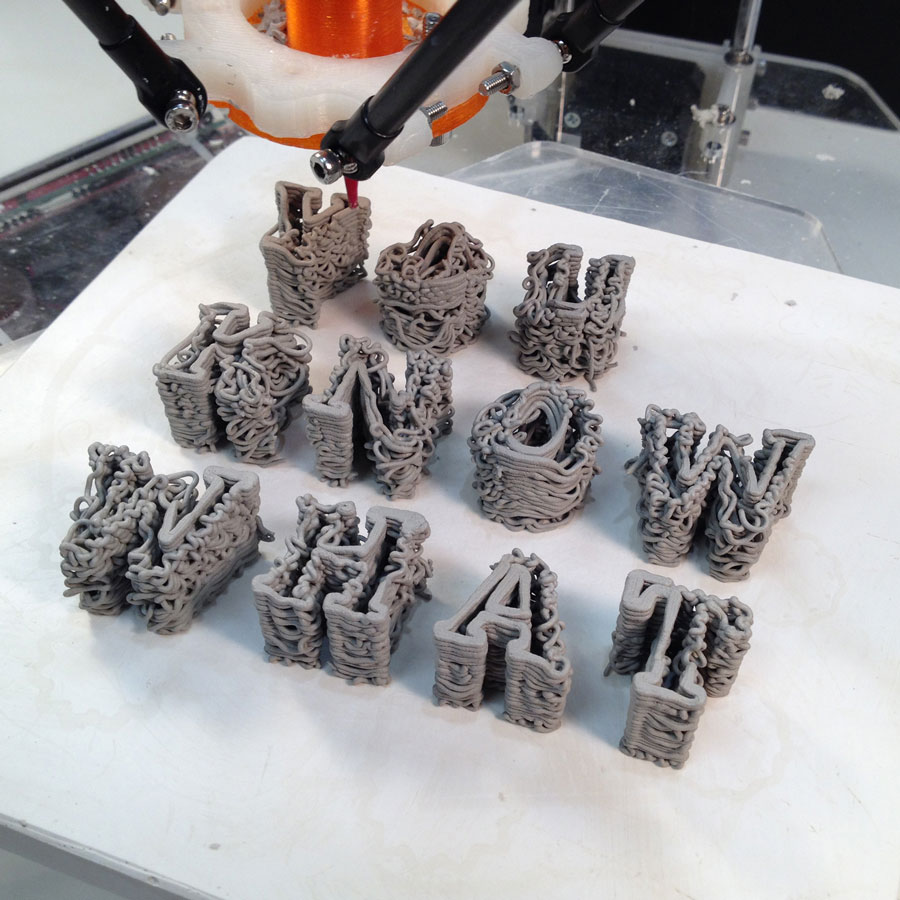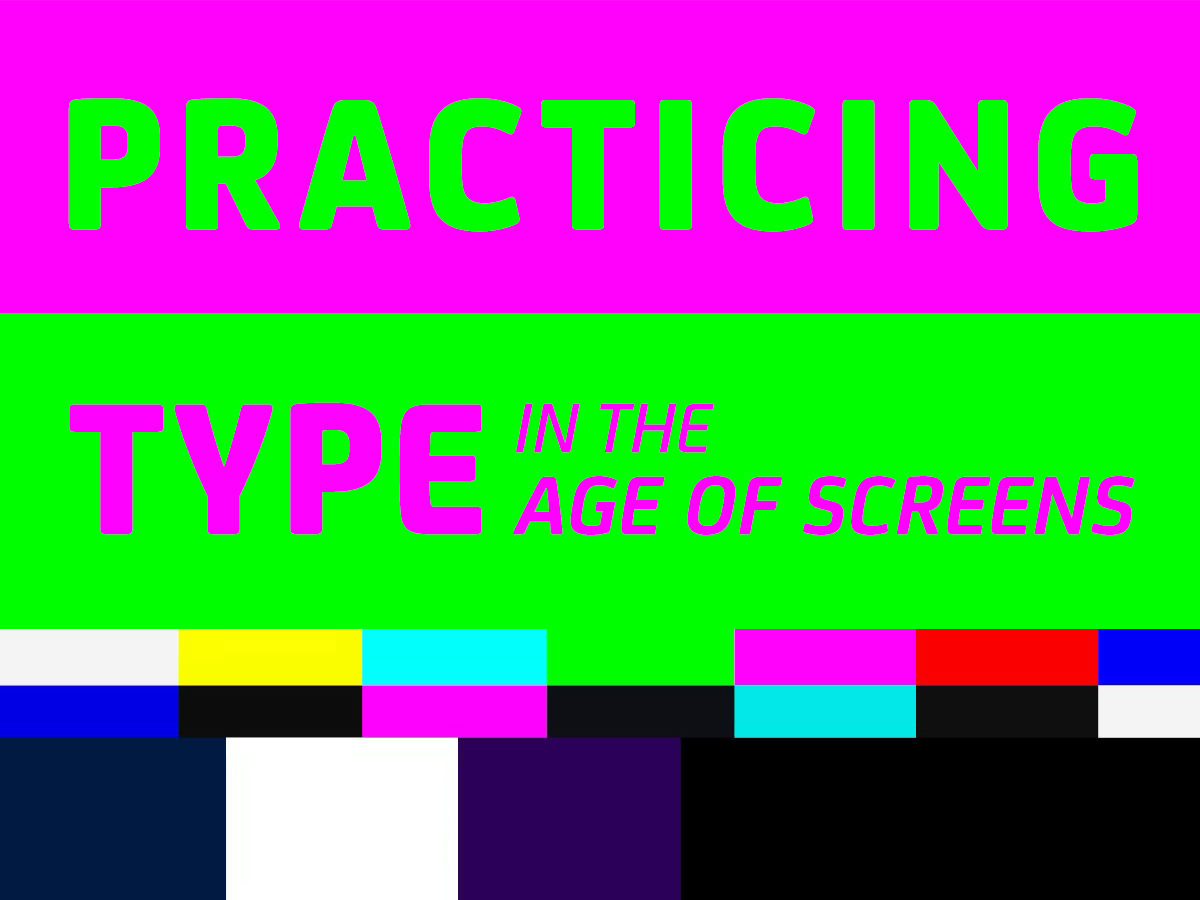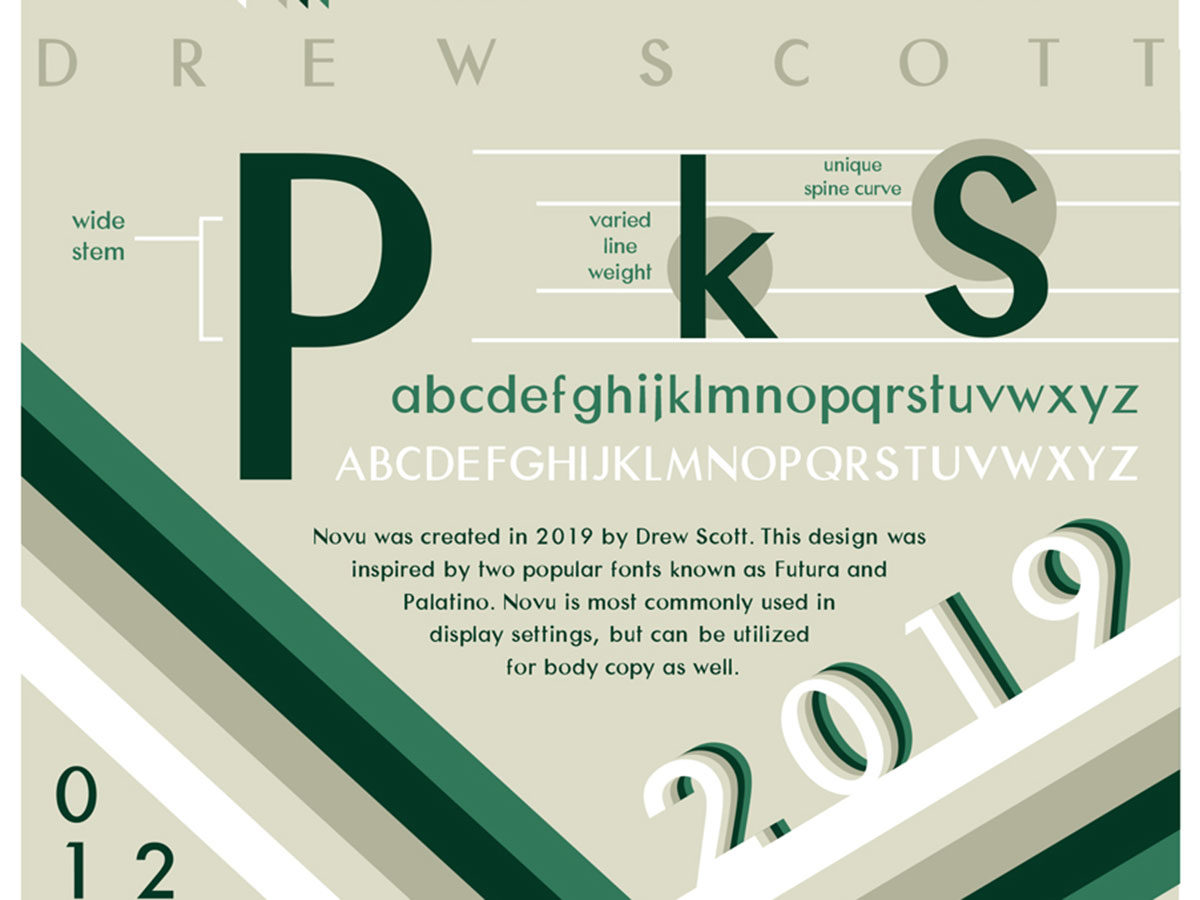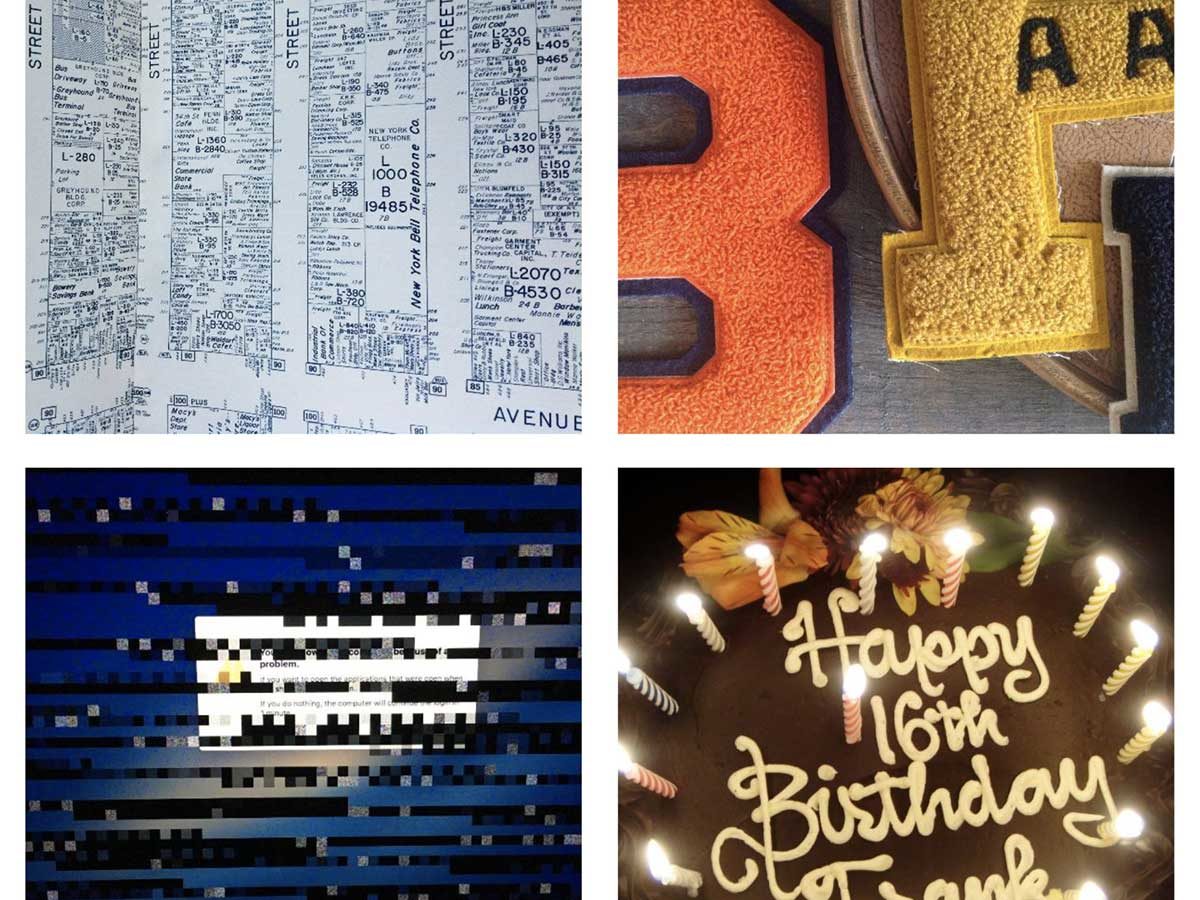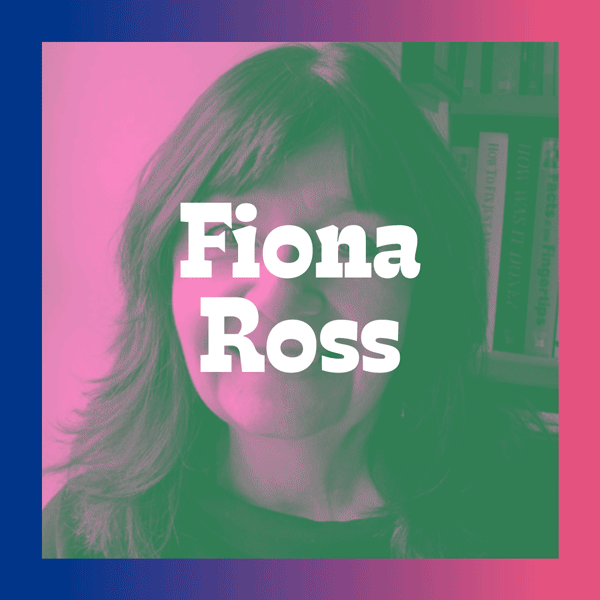Presentations will be published on the Design Incubation YouTube Channel after October 3, 2020. Virtual Conference will be held online on Saturday, October 17, 2020 at 1pm EST.
Colloquium 7.1: Oakland University (#DI2020oct) will be held online. Registration for this event below.
Hosted by Maria Smith Bohannon and the Dept of Art and Art History at Oakland University, MI. This event is open to all interested in Communication Design research.
Presentations
A Design Conversation of the Interaction between Iranian and American Visual Culture
Setareh Ghoreishi
Assistant Professor
Oakland University
Exploring Connections between Environment and Community Through Design
Danilo Bojic
Assistant Professor
Winona State University
The Machine Hand
Ryan Molloy
Professor
Eastern Michigan University
Let’s Stay Neighbors: A Case Study in Civic Engagement
Chad Reichert
Professor
College for Creative Studies, MI
Sustainable Design Thinking: Changing the Design Process
Maria Smith Bohannon
Assistant Professor
Oakland University, MI
Graphic Design Principles: A History- And Context-Based First-Year Design Textbook
Anita Giraldo
Associate Professor
New York City College of Technology, CUNY
Patricia Childers
Adjunct Professor
New York City College of Technology, CUNY
The Children of Loki: Pairing Norse Mythology With Contemporary Visuals to Create a Provocative Narrative
Jimmy Henderson
Graphic Designer
Jimmy Henderson | Design & Illustration
Core Values Matter: The Role of the People in Shaping Corporate Responsibility
Lilian Crum
Assistant Professor
Lawrence Technological University
Why Design Educators Should Embrace Collaborative (Group) Work in the Design Classroom
Abby Guido
Assistant Professor
Tyler School of Art and Architecture

